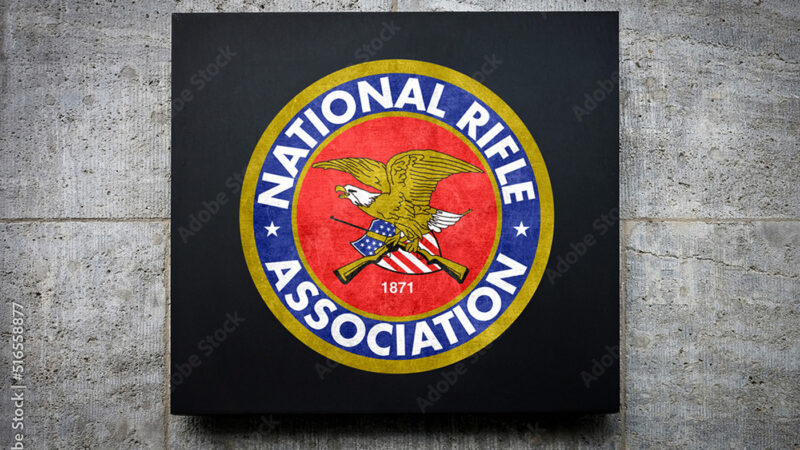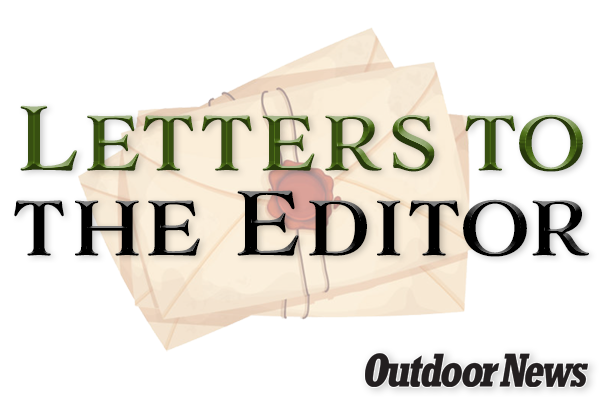Minnesota DNR details a midpoint review of state’s deer plan, public invited to weigh in – Outdoor News

St. Paul — Minnesota’s management of white-tailed deer has marked some milestones though work remains before some goals are met, according to a Minnesota DNR midpoint review of the statewide deer plan.
The plan is in effect from 2018-2028. The midpoint review assesses progress toward goals, objectives, and strategies put forth in the 10-year plan, and includes 15 “performance metrics” and associated targets. The midpoint review is available for the public to review, and the DNR scheduled a webinar on Tuesday, Jan. 28, from 6-8 p.m. for people to hear more and comment about the midpoint review and the deer plan. The documents and a link to the webinar are available on the Minnesota DNR website.
“This is a good opportunity to assess our progress toward the eight goals in the deer plan (and to) identify what is going well and where more work is needed,” said Barb Keller, DNR big-game program leader. “This midpoint is also a great time to decide what work we should focus on over the next phase of the plan implementation.”
[embedded content]
Among the achievements identified in the review, the Minnesota DNR revised deer population goals in all deer permit areas through a four-year process, expanded the youth deer season statewide, established a public deer advisory committee, sampled more than 70,000 deer for chronic wasting disease, acquired 28,000 acres of public land dedicated to hunting, and managed a total of nearly 370,000 acres of public land to benefit deer habitat.
Metrics not yet met include having deer populations in 75% of deer permit areas within deer population goal range, achieving an annual target of 200,000 deer harvested each season, communicating about the deer-hunting regulations significantly earlier in the year, and eliminating core areas of disease in the wild deer population.
MORE COVERAGE FROM MINNESOTA OUTDOOR NEWS:
Make time to get youth into the outdoors this year
Here’s how to keep your hunting dog’s paws in top shape during off-season exercise
Here’s how to plan a turkey hunt on western tribal lands in the U.S.
The midpoint assessment document also includes a list of emerging considerations since the plan was adopted in 2018. Among them are public concerns about wolf and deer numbers, the growth of the footprint of CWD in the state, technological advances in hunting equipment, plans for a new electronic licensing system, increased hunter selectivity in what deer they harvest, and the long-term decline in deer hunter participation.
“As we consider what’s accomplished so far, we are hoping people will review our recommendations for the next phase of the plan and share their thoughts on how they think the midpoint assessment has characterized deer management since 2018,” Keller said. “Importantly, the plan also contains a look at what’s changed in deer management since the plan was adopted, and we will need public awareness and participation on those issues as well.”
To learn more about the midpoint assessment and send comments online, visit the Minnesota DNR website. Public comments may be submitted online, emailed to [email protected] or sent by mail to Minnesota DNR/Barb Keller, 500 Lafayette Road, St. Paul, MN, 55155.
About the deer management plan
The statewide deer plan released in 2018 set goals and priorities, increased formal opportunities for citizens to influence deer-related decisions, and aims for a deer population without core areas of disease. The plan’s eight broad goals cover topics ranging from research to keeping Minnesota’s deer populations healthy to how the DNR and the public work together on deer management.
The plan reflected a two-year planning effort that involved statewide meetings and hundreds of in-depth conversations with citizens and stakeholders. It included input from a 19-member citizen advisory committee, dozens of public input meetings and open houses, and more than 1,100 submitted comments and letters from tribal governments, hunting organizations, and others.
The plan came on the heels and at the directive of a DNR deer populations management program audit by the Office of the Legislative Auditor in 2016.
From James Noble, legislative auditor, in the May 2016 document: “We found that aspects of the Department of Natural Resources’ management of deer populations in recent years were commendable and reflected local stakeholders’ interests. We also found that more work is needed to improve monitoring of deer populations and understanding their presence around the state. We make a number of recommendations to DNR to enhance deer statistics, strengthen the deer population goal-setting process, and develop a statewide deer management plan.
“DNR staff from several DNR divisions carry out activities that either directly or indirectly impact deer; however, DNR has not synthesized this work into a formal plan that defines DNR’s purpose and objectives for managing deer,” the auditor’s report said in its recommendation.
To view that audit report, visit here.
Editor Tim Spielman contributed to this report.






